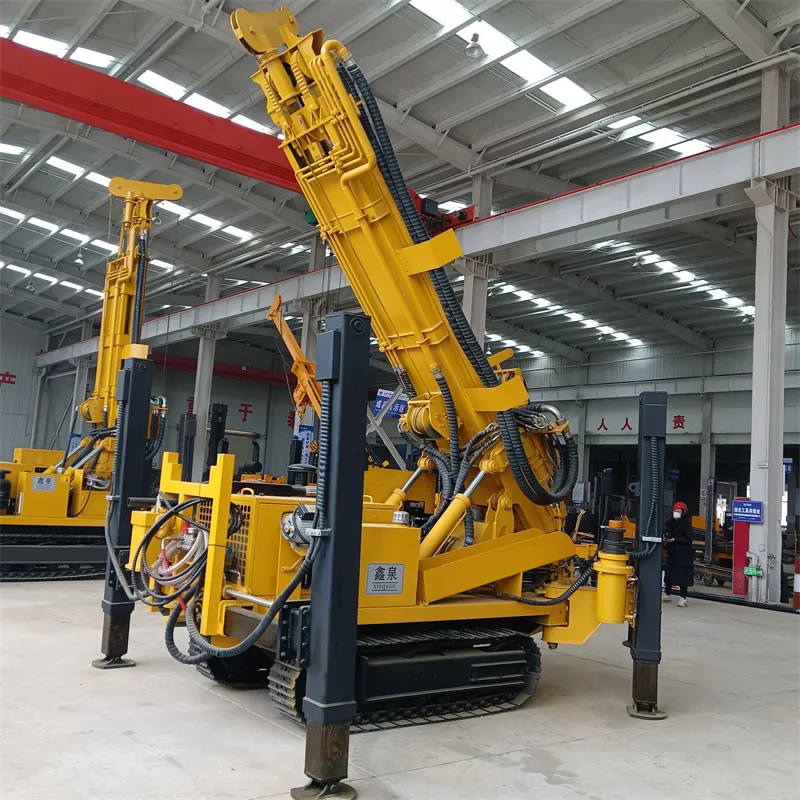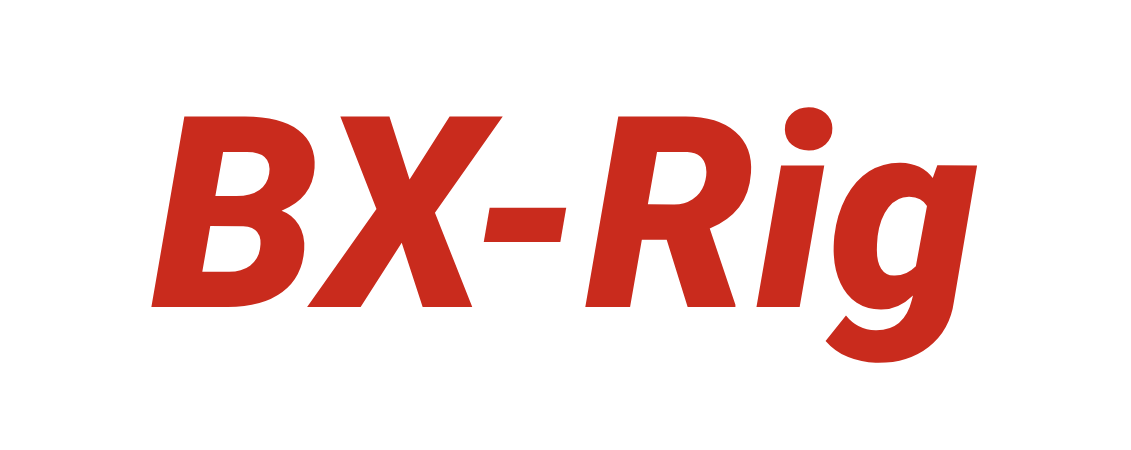Equipment and techniques for drilling Wells in rock strata
Reasonable configuration of drilling equipment is crucial. It should be determined by rock type, hardness, and well depth. For hard rocks, suitable bits and impactors can boost efficiency and reduce energy consumption. على سبيل المثال, diamond bits are ideal for extremely hard rocks like quartz sandstone, as their high hardness effectively breaks rocks. Meanwhile, equipment maintenance cannot be ignored. Regularly checking and replacing worn parts ensures normal operation, avoids unexpected failures, and guarantees drilling accuracy and speed.

Drilling parameters like hole diameter, depth, and angle significantly impact well quality. The diameter should match subsequent work requirements—too large wastes resources, too small reduces efficiency. Depth design considers groundwater level, rock characteristics, and construction techniques. The angle is chosen based on geological conditions, as a reasonable angle reduces friction and resistance during drilling.
During drilling, strictly control the penetration rate and circulating fluid flow. Excessive speed accelerates bit wear and may cause well blockage. The selection and dosage of circulating fluid, such as mud, are also key. Mud reduces wellbore collapse and enhances bit cooling, but the ratio should be adjusted according to geology.
Take a mountain rock layer drilling project as an example. Through precise equipment selection and strict parameter control, a high-quality water well was successfully drilled, solving the local water shortage. This highlights the importance of suitable equipment and processes in rock layer drilling.
 جهاز الحفر Bangxin
جهاز الحفر Bangxin